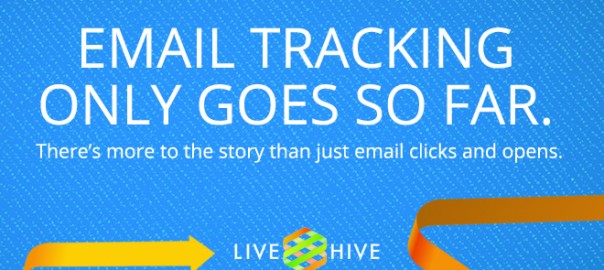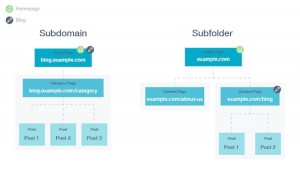
Email tracking tools today abound that promise to help you close deals faster. But just opening a sales email and clicking on it doesn’t truly indicate a customer’s interest. So how does an email-tracking tool accelerate the sales cycle?
The reality is that it doesn’t – at least not by itself. There’s no doubt that email tracking provides a valuable sales function. Email remains a critical form of business communications, and you want to be sure your emails are going to the right place and being opened. But knowing that someone opened your email is the tip of the iceberg and doesn’t provide the context and the insight that you need to better understand today’s prospects.
You need a tool that provides you with deeper insights beyond email opens – a tool that can paint a more complete picture of how your prospect is engaging with your emailed content to:
#1. Reveal a buyer’s area of interest.
An email open alone can’t tell you anything about a buyer’s needs or interest level. Many emails are sent and opened, but it does not provide you a signal that the prospect is interested in purchasing, nor does it give you greater customer understanding for your next follow-up.
Imagine …
You go online and notice that the email you sent the night before was opened by one of your top prospects, “Robert” from Company ABC. You also see that your attached sales document was downloaded and viewed three times. In addition, you can see that Robert has spent twice as much time viewing pages with feature “A” than pages with feature “B.” Based on these buying signals, you decide to pull together and send Robert more relevant content for feature “A.”
#2. Identify decision makers.
You may know when your emails have been forwarded with email tracking but you won’t know to whom. While mildly intriguing, just knowing that ‘somebody’ opened your email doesn’t do you much good in the sales process. Even if ‘somebody’ or another ‘somebody’ opens your email several times, it still doesn’t give you any useful information to move your deal forward.
Imagine …
You send the email, get up from your desk, and go fill up your coffee cup. When you get back, you see an alert that shows Robert has already downloaded and viewed the case study. You also see that he has forwarded the information to two new contacts – George and Amy. While George is based in the same West Coast sales office as Robert, Amy is based at corporate headquarters in New York. With a simple click, you quickly access LinkedIn and learn that Amy is head of purchasing.
#3. Help you time and tailor follow-up
Without insight into a prospect’s interest, you can’t personalize follow-up. Best-in-class companies make personalized customer conversations a top priority, and email opens don’t give you anything to go on! While it may be gratifying to see that a prospect has opened your email more than once, it doesn’t tell you anything that you can use in follow-up.
Imagine …
Knowing you have a warm lead, and sensing the time is right, you decide to phone Robert and offer a product demo for him and anyone else within the organization. You propose including your product manager in the demo who is the internal go-to guy for “Feature A.” Robert takes you up on the offer, and you schedule a product demonstration with him and George.
#4. Align with marketing systems
Lack of alignment between marketing and sales is a huge pain point for organizations. The biggest gap between sales performers and under-achievers lies in integrating sales intelligence with sales and marketing systems[1]. Yet a miniscule 8% of B2B companies say they have good alignment between those departments.[2] As a point product, email tracking can’t help you build a stronger connection between them.
Imagine …
Having insight into Robert’s history before deciding what exact information about feature “A” to send him. You don’t want to send him something he’s already received from marketing. Because your systems are seamlessly integrated, you take a quick look at marketing automation and see that he hasn’t received a powerful case study about a supplier that had gained significant ROI from that particular feature. With one-click, you easily locate the document and attach it to an email for Robert and begin to track content engagement.
Email tracking can’t deliver all of the goods. In today’s sales ecosystem, sales reps need much more than a point product showing email opens. They need greater insight to effectively engage with customers. With advanced sales acceleration tools, you don’t need to imagine any of the above scenarios.
Nearly 80% of executive buyers say that sales reps don’t understand their issues and can’t help them.[3] Be part of the winning 20%! Get more insights into your prospects’ interests and improve productivity with effective – and repeatable – sales processes.
[1] Aberdeen Group
[2] Sirius Decisions
[3] Forrester Research, “Why don’t buyers want to meet with your salespeople”
To learn more about how new sales tools can give you greater customer insight, download this free White Paper: “Why Sales VPs are Turning to Digital Listening to Accelerate Sales.”
(254)
Report Post






